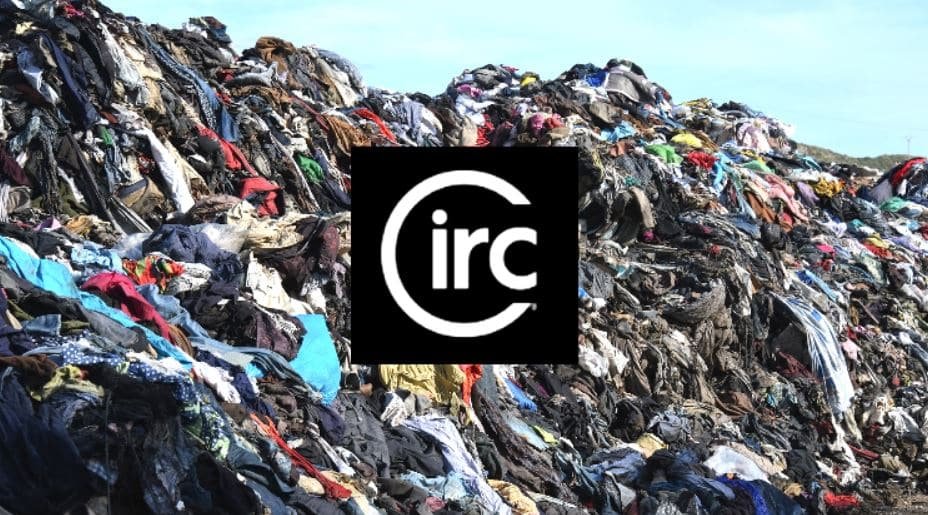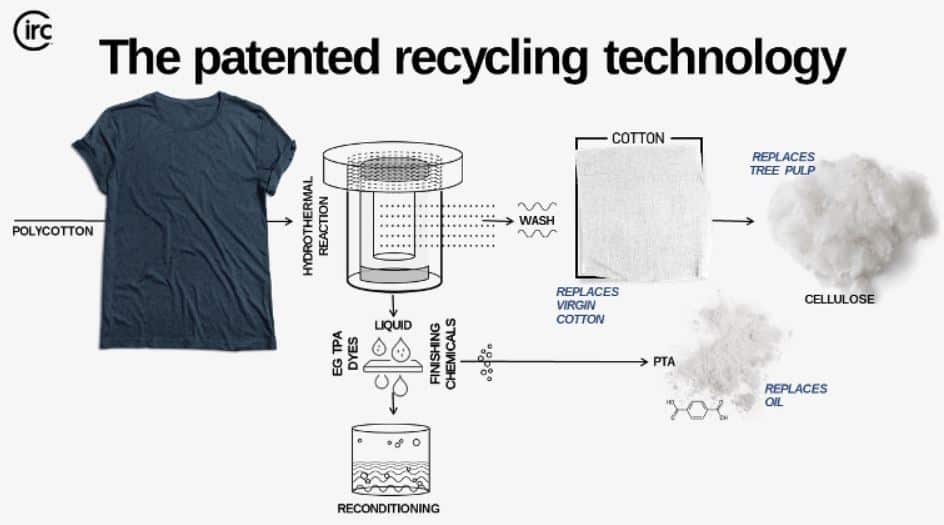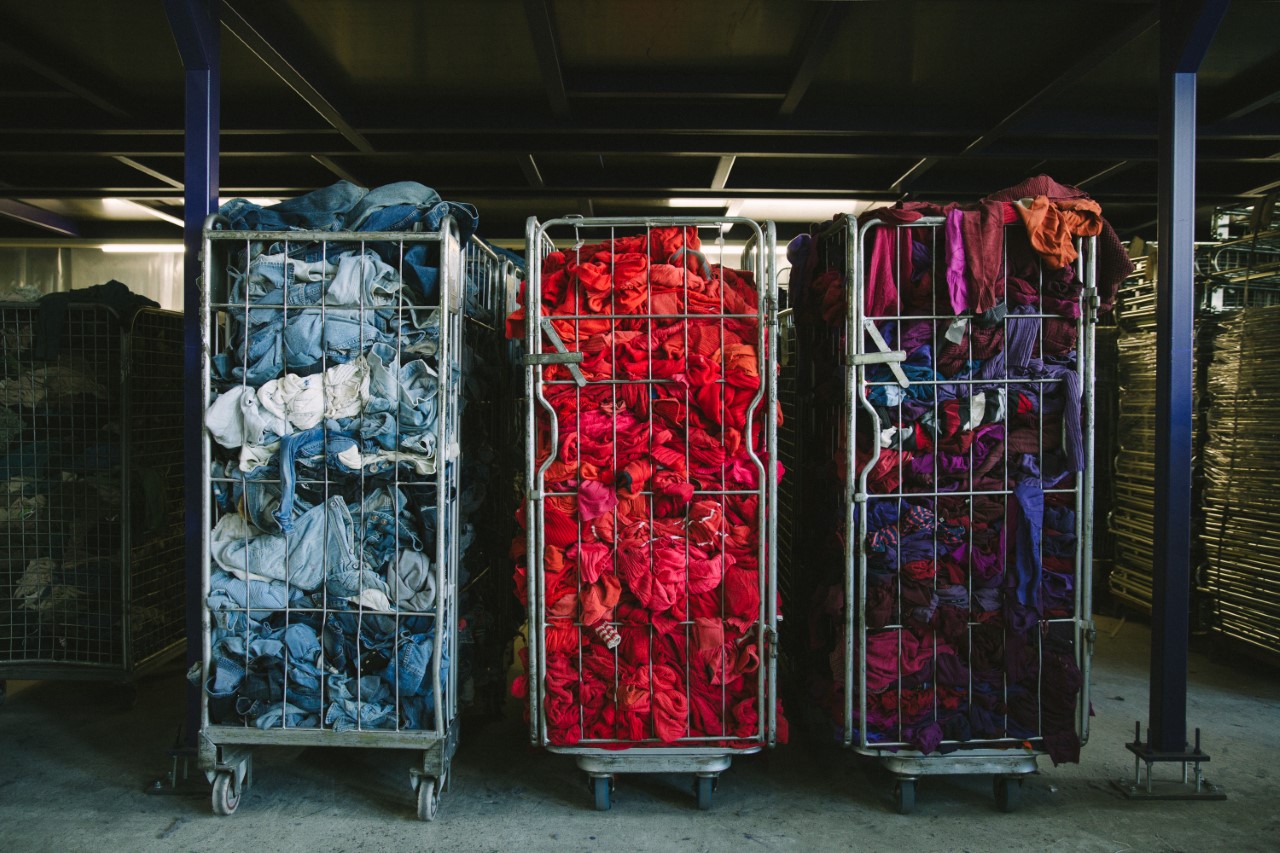In recent years, the fashion industry has been plagued by a significant environmental problem – the difficulty of recycling clothes made from mixed fibers. Elastane, a stretchy material commonly used in sportswear and tights, presents a particular challenge due to its inability to be efficiently separated from other fabrics. However, a groundbreaking technology developed by a team of researchers at Aarhus University in Denmark could revolutionize textile recycling by effectively disassembling mixed fabrics.
The Challenge of Recycling Mixed Fabrics
When elastane fibers are blended with cotton, wool, nylon, or other materials, the resulting garments become nearly impossible to recycle. These mixed fabrics are difficult to separate, making it challenging to recycle the individual materials effectively. Consequently, clothes and textiles currently rank among the most poorly recycled materials, with only about six percent of discarded clothes in Denmark being recycled.
Assistant Professor Steffan Kvist Kristensen and his colleagues from the Interdisciplinary Nanoscience Center at Aarhus University recognized the need for a more sustainable solution. They set out to develop a method that could separate elastane fibers from mixed fabrics, paving the way for improved textile recycling.
Introducing the Elastane Separation Technology
The innovative technology developed by the Aarhus University research team involves heating clothes in a large pressure cooker-like device. By subjecting the fabrics to temperatures of 225 degrees Celsius and introducing a specific alcohol and base, they were able to break down the bonds in elastane. This process effectively disassembles the fabric, allowing for the separation of different fibers.
The breakthrough lies in the addition of potassium hydroxide, a key ingredient found in ordinary drain cleaner. Although the exact mechanism behind its effectiveness remains uncertain, it is believed that potassium hydroxide enhances the reactivity of the alcohol, facilitating the complete breakdown of elastane bonds. By utilizing this technology, the research team successfully separated elastane fibers from nylon, and with some minor adjustments, they anticipate achieving the same results with cotton.
A Brief History of Elastane
Elastane, also known as Spandex in the United States, was invented by chemist Joseph Shivers in 1958. Initially developed as a synthetic rubber to address the shortage caused by World War II, elastane quickly found its way into the textile industry. Its unique elastic properties made it a popular choice for sportswear, swimwear, and other form-fitting garments.
Scaling Up and Industry Adoption

While the current experiments have been limited to two nylon stockings at a time, Steffan Kvist Kristensen acknowledges that industrial-scale implementation requires the ability to process larger quantities of clothing. The research team’s equipment limitations prevent them from scaling up significantly, highlighting the need for industry involvement in embracing and expanding the technology.
However, the chemical industry in Denmark may not have the necessary infrastructure to exploit the technology on a large scale. German chemical plants, with their extensive facilities, are better positioned to utilize the method for recycling elastane-containing clothes. For this technology to truly take off, it is crucial for the chemical industry to see the value in purchasing recycled materials and incorporating them into the production of new fibers.
The Environmental Impact of Textile Recycling
The fashion industry’s environmental impact is staggering, with textile production accounting for significant carbon emissions, water pollution, and waste generation. By enabling the effective recycling of elastane-containing clothes, this new technology offers a potential solution to mitigate the industry’s negative environmental footprint.
Currently, the majority of discarded clothes end up in landfills or incinerators. When these non-biodegradable materials decompose or burn, they release harmful greenhouse gases into the atmosphere, exacerbating climate change. Additionally, the production of new textiles requires vast amounts of energy and resources, further straining our already overburdened planet.
The introduction of elastane separation technology could significantly reduce the demand for virgin materials, as recycled fibers can be incorporated into the production of new textiles. This shift towards a more circular economy has the potential to drastically diminish the fashion industry’s environmental impact.
The Potential for a Circular Fashion Industry
A circular fashion industry aims to minimize waste and maximize resource efficiency by keeping products and materials in use for as long as possible. By implementing technologies like elastane separation, the industry can move closer to achieving this vision. Garments that were once destined for landfill can be transformed into new textiles, reducing the need for raw materials and decreasing the industry’s reliance on fossil fuels.
In addition to reducing environmental harm, textile recycling can also generate economic benefits. The recycling industry has the potential to create new jobs and stimulate local economies. Moreover, as the demand for sustainable fashion continues to grow, companies that adopt innovative recycling technologies can gain a competitive edge in the market.

Challenges and Future Opportunities
While the elastane separation technology shows great promise, there are still challenges to overcome before its widespread adoption. Scaling up the process to handle larger volumes of clothing is a vital step that requires investment and collaboration from the textile and chemical industries. Additionally, further research and development are necessary to optimize the technology for different fabric compositions, such as cotton blends.
Nevertheless, the potential benefits of textile recycling are undeniable. By embracing innovative solutions like elastane separation, the fashion industry can reduce its environmental impact, create a more sustainable future, and contribute to a circular economy.
Conclusion
The development of elastane separation technology by the research team at Aarhus University represents a significant breakthrough in textile recycling. By effectively disassembling mixed fabrics, this innovative approach has the potential to revolutionize the industry’s approach to sustainability. As the fashion industry continues to grapple with its environmental impact, technologies like elastane separation offer hope for a more circular and sustainable future. Through collaboration and investment, the industry can embrace these solutions, reduce waste, and create a more environmentally conscious fashion ecosystem.
*Note: This article has been created by analyzing multiple reference articles and synthesizing information to produce a unique and original piece of content.
